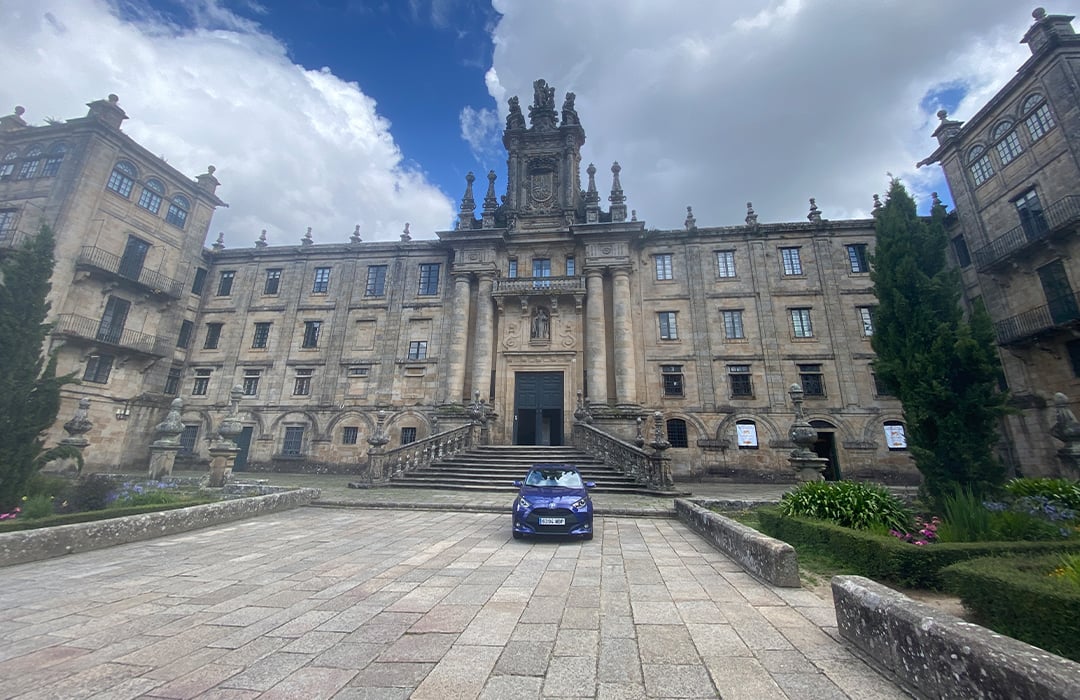The
Monastery of San Martiño Pinario
is the most important architectural complex of the Galician Baroque, together with the Cathedral of Santiago. For this reason, it is one of the most outstanding patrimonial works of the city of Compostela.
It is one of the largest constructions of this style in the territory. At present, its use has been diversified with hotel offerings and houses the headquarters of entities such as the Seminario Mayor.
The building was founded in the Praza da Inmaculada in Santiago de Compostela by a group of Benedictines after the discovery of the remains of the Apostle. After becoming part of the congregation of Valladolid, the monks were able to defray the expenses of the church’s construction, and they promoted the construction process. The works lasted for more than a century from the beginning of the construction, in 1590, until one of the interior cloisters was finished in 1747.
For this reason, several architects were involved in the project, such as Mateo López, Bartolomé Fernández Lechuga, Peña y Toro and Fray Tomás Alonso and Fray Gabriel Casas. Each of them made their different contributions to the façade, the cloisters, the bell tower and all the elements that make up the heritage complex.

The temple has elements of the late renaissance and baroque, has a Latin cross plan with three naves in the main arm and one in the transversal, which are crossed by a tribune.
Inside, the main altarpiece of baroque style, designed by Fernando de Casas y Novoa and executed by Romay, the altarpiece of San Bieito in the north and the altarpiece of the English Virgin in the south stand out. On the other hand, there is also the altarpiece of the chapel of Socorro, the altarpiece of Santa Escolástica, the altarpiece of Cristo de la Paciencia and the altarpiece of Santa Xertrude.
The monastery is of great simplicity and the façade is divided into three parts with a central axis flanked by two large four-story canvases. The cover welcomes San Bieito and ends with the structure added by Fernando de Casas, in which you can see the coat of arms of Spain between scallops and the figure of San Martiño de Tours.
As mentioned above, the site has several services: it houses the Diocesan Major Seminary, the School of Social Work (USC), the Compostela Theological Institute, a university residence, the Hospedería, the Diocesan Archives, administrative offices of the Diocese and the San Martín Pinario Cultural Space.
This architectural complex is open to visitors from 10:00 a.m. to 8:00 p.m. except Tuesdays (10:00 a.m. to 3:00 p.m.). It also offers guided tours at 11:00 am, 12:30 pm, 4:00 pm and 5:30 pm.






